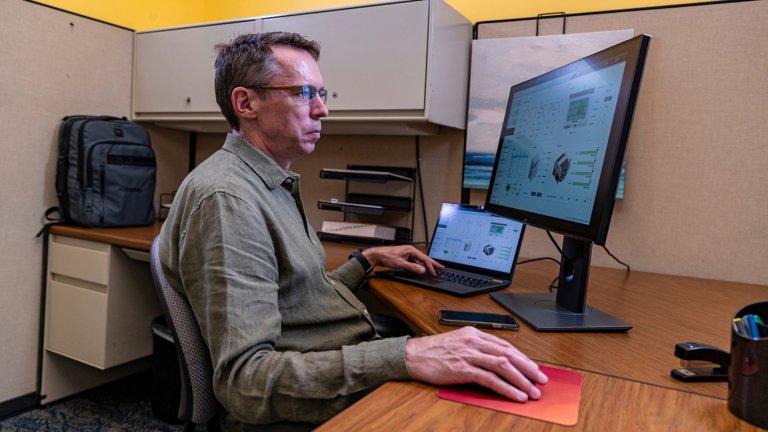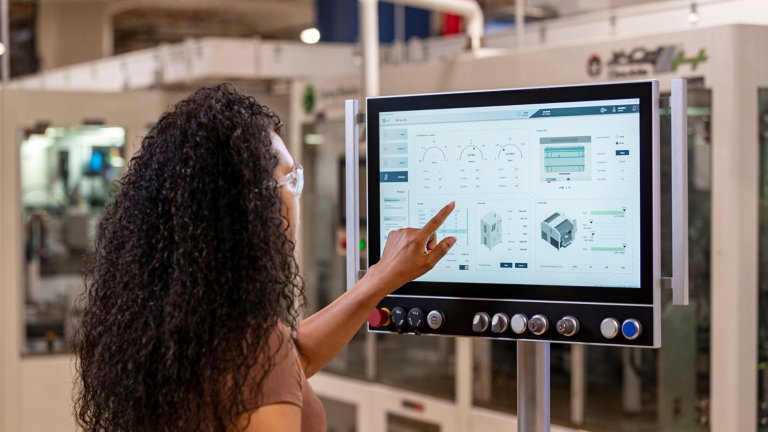By Susan Burtch, Lead Commercial Portfolio Manager, Visualization Software, Rockwell Automation
It’s essential to remove barriers for industrial firms to be more efficient and productive in our rapidly evolving digital landscape. Workforce shortages and skills gaps are perhaps some of the biggest threats to any manufacturer or producer. A way to combat these issues is by introducing new technology.
By incorporating modern technology into the workplace, manufacturers are helping employees work more efficiently and in roles that are more fulfilling and valuable. Digital transformation is advancing all technologies within organizations, driving innovation, streamlining and optimizing operations, and improving business agility and flexibility.
Let’s explore modern human-machine interface (HMI) software and how the tools supported by that software are empowering software designers and operators.
Optimizing Designer Collaboration
Working on the same project at the same time is common for designers and their colleagues, whether they’re in-house or working within an OEM. To make the design work, designers need easy, flexible, secure and transparent collaboration, whether they’re working in an office or remotely from home or in the field.
When working on a project with multiple designers, everyone needs consistent access to high-quality tools and a seamless user experience.
Project visibility in real-time is important during the design phase, especially when multiple team members are involved. A lack of visibility can lead to difficulties tracking progress, identifying who is making changes and understanding the reasoning behind those changes. Duplicated efforts and overwriting can cause project delays and wasted design resources and money.
This is where modern HMI software collaboration tools come into play. They provide comprehensive project visibility within a collaborative design environment, connecting designers with timely, pertinent information necessary for quick and informed decision-making.
Streamlined collaboration and version control means fewer opportunities for errors down the road. It also means shorter project timelines.
An HMI’s integration with cloud or web-based tools empowers teams to design and deploy applications remotely and implement changes or updates seamlessly within the production environment.



